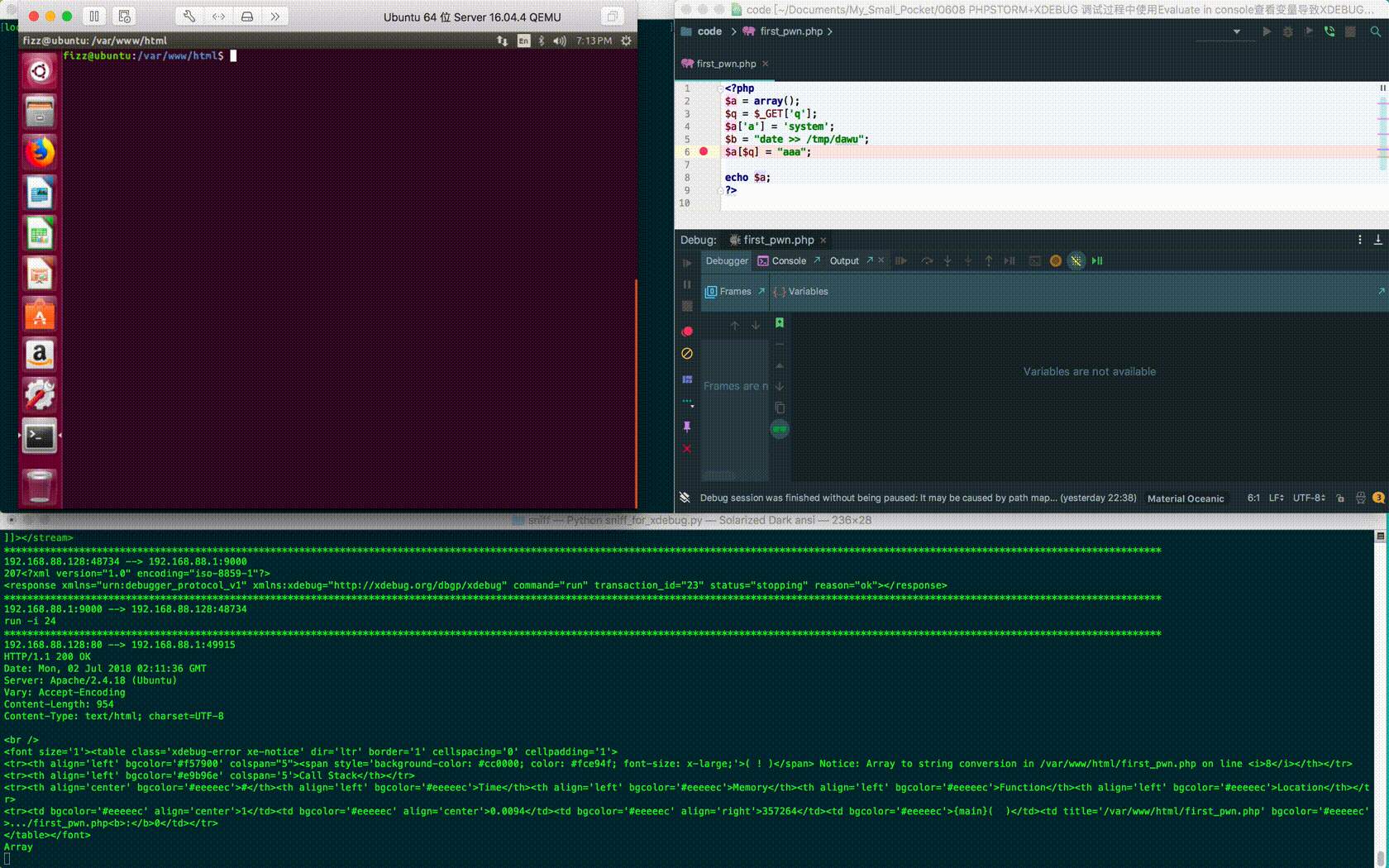

One requires very little effort in the PhpStorm IDE (they call it zero-configuration debugging) and the other requires you to set up a "run configuration", and is basically identical to the Netbeans or Eclipse setup. It provides two different ways to do debugging.

PhpStorm is a leading PHP development IDE with extensive built-in debugging support. The intention here is that one won't have to understand XDebug to do debugging.įor each IDE the link to their documentation is provided, and the skeleton steps required are listed here. (If you need to change the xdebug port due to a port conflict on your host computer, you can do it with a PHP override, explained below.)įor more background on XDebug see XDebug documentation.
The debug server port on the IDE must be set to port 9000, which is the default and is probably already set in most IDEs.  ddev xdebug status will show current status. Disable xdebug for better performance when not debugging with ddev xdebug off. It will remain enabled until you start or restart the project. Enable xdebug by running ddev xdebug or ddev xdebug on in your project directory. IDEs other than those listed here work fine, if they listen on the default xdebug port 9000. Xdebug is a server-side tool: It is installed automatically on the container and you do not need to install or configure it on your workstation.Īll IDEs basically work the same: They listen on a port and react when they're contacted there. It is disabled by default for performance reasons, so you'll need to enable it in your config.yaml. PHP Step Debugging Step-debugging with ddev and xdebug ¶Įvery ddev project is automatically configured with xdebug so that popular IDEs can do step-debugging of PHP code. Sharing a project with `ddev share` or by exposing a port
ddev xdebug status will show current status. Disable xdebug for better performance when not debugging with ddev xdebug off. It will remain enabled until you start or restart the project. Enable xdebug by running ddev xdebug or ddev xdebug on in your project directory. IDEs other than those listed here work fine, if they listen on the default xdebug port 9000. Xdebug is a server-side tool: It is installed automatically on the container and you do not need to install or configure it on your workstation.Īll IDEs basically work the same: They listen on a port and react when they're contacted there. It is disabled by default for performance reasons, so you'll need to enable it in your config.yaml. PHP Step Debugging Step-debugging with ddev and xdebug ¶Įvery ddev project is automatically configured with xdebug so that popular IDEs can do step-debugging of PHP code. Sharing a project with `ddev share` or by exposing a port 
Using Xdebug on a Port Other than the Default Visual Studio Code (vscode) Debugging Setup PhpStorm "Run/Debug configuration" Debugging








 0 kommentar(er)
0 kommentar(er)
